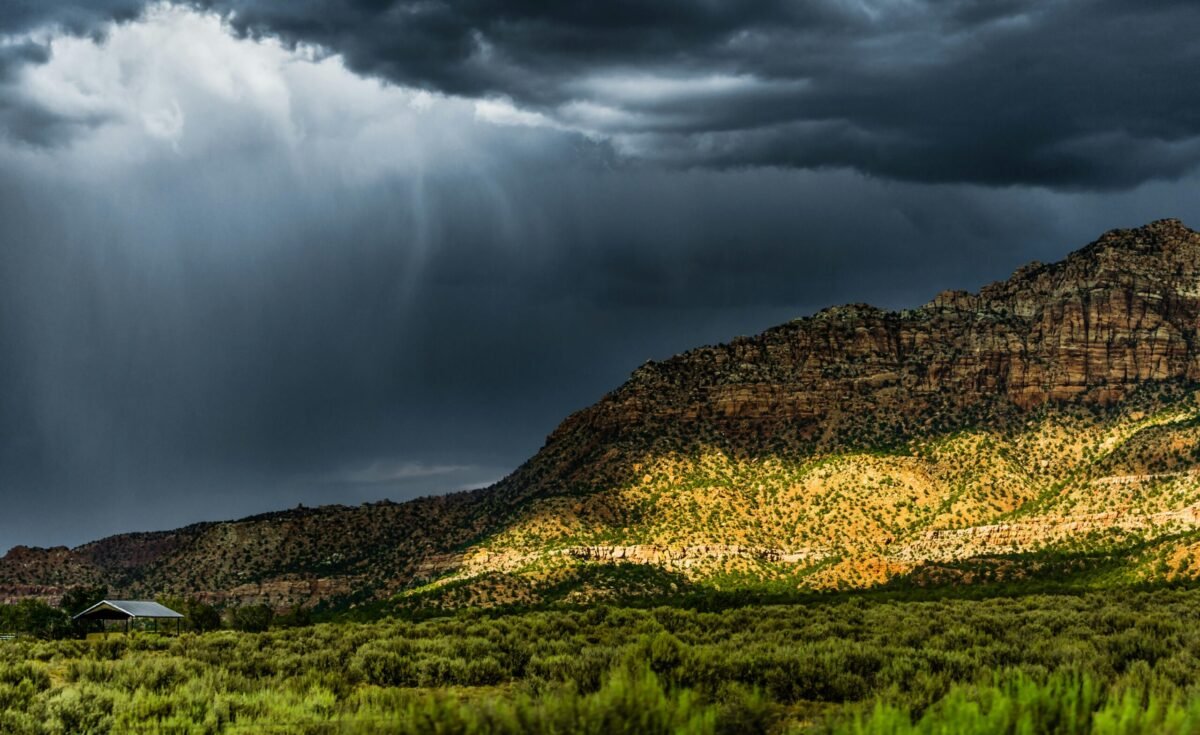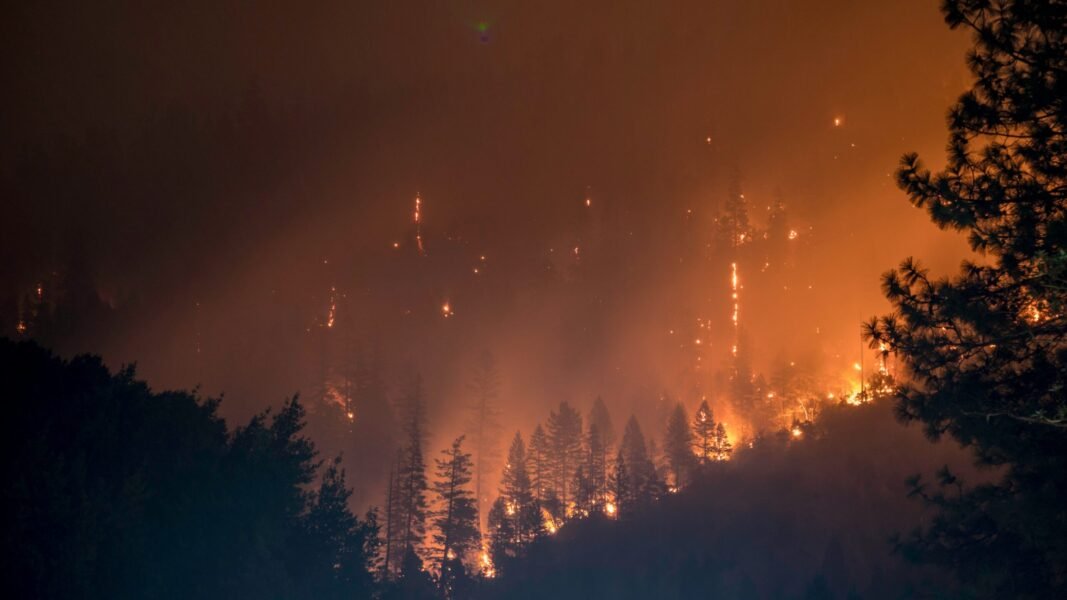How Long Does It Take to Climb Mount Everest?: A Complete Guide in 2024
Posted on : April 7, 2024 By Savan

Here’s a comprehensive article on the time it takes to climb Mount Everest, covering the challenges, preparation, and the awe-inspiring journey to the summit.
Mount Everest, the crown jewel of the Himalayas, stands as a testament to human endurance, courage, and the relentless pursuit of adventure. Climbing Everest is no ordinary feat—it’s a life-altering experience that pushes climbers to their limits. In this article, we delve into the intricacies of Everest expeditions, the average time it takes to conquer this majestic peak, and the factors that make it both alluring and perilous.
Table of Contents
The Everest Expedition Timeline
1. Base Camp to Summit: The Ultimate Ascent
The average expedition time to Mount Everest is around 10 weeks or approximately 2 months. However, this duration can extend to 3 months for those who prefer a more gradual acclimatization process. Let’s break down the journey:
- Arrival in Kathmandu: Your Mount Everest adventure begins with a flight to Kathmandu, Nepal’s capital. From there, a smaller plane transports you to Lukla, a nerve-wracking landing spot perched on the edge of a cliff.
- Lukla to Everest Base Camp (EBC): You have two options to reach EBC—trekking or taking a helicopter. At EBC, you’ll encounter extreme altitude, biting cold, and the thin air that characterizes Everest’s base.
- Acclimatization: Spending time at EBC is crucial. It allows your body to adjust to the high altitude and prepares you for the ascent. You’ll meet fellow climbers and Sherpas (local guides) who share your dream of conquering Everest.
- Higher Camps: The journey continues from EBC to the higher camps. There are four camps in total: Base Camp, Camp 2, Camp 3, and Camp 4. Each camp provides rest and acclimatization breaks. As you ascend, the air thins, and the landscape becomes more treacherous.
- Camp 4 and the Death Zone: At 8,000 meters (26,247 feet), the notorious death zone begins. Oxygen levels plummet, and the risk of frostbite, exhaustion, and altitude sickness escalates. Camp 4 serves as the launching point for the final push to the summit.
- Summit Bid: The bottleneck climb from Camp 4 to the summit is grueling. Climbers set off around 11 pm, navigating icy slopes, crevasses, and unpredictable weather. The ascent takes 6-10 hours, while the descent—equally perilous—takes 4-8 hours. Most climbers aim to descend during daylight hours due to the added danger of nighttime descents.
2. The Tibetan Path
While Mount Everest can be approached from both Tibet and Nepal, most climbers choose the Tibetan path. It offers a different perspective and unique challenges. The Tibetan route involves crossing the border into China and ascending from the north side.
3. The Sherpa Connection
Sherpas, the indigenous people of the Himalayas, play a pivotal role in Everest expeditions. Their knowledge of the terrain, resilience, and unwavering commitment make them indispensable. They ferry supplies, set up camps, and guide climbers through treacherous sections. Without Sherpas, Everest would remain unconquered.
4. The Psychological Battle
Climbing Mount Everest isn’t just about physical strength; it’s a mental battle. The isolation, extreme conditions, and the ever-present risk of avalanches or crevasse falls weigh heavily on climbers’ minds. The summit push is a test of mental fortitude—perseverance against all odds.
5. The Descent
Reaching the summit is a euphoric moment, but it’s only halfway done. The descent is equally challenging. Fatigue, oxygen depletion, and the lingering effects of high altitude can lead to mistakes. Climbers must summon their last reserves of energy to return safely to Base Camp.
Preparing for Everest
- Physical Fitness: Months before the expedition, climbers engage in rigorous training. Cardiovascular endurance, strength, and flexibility are crucial. High-altitude training simulates Everest conditions.
- Gear Selection: Choosing the right gear is vital. From insulated clothing to oxygen cylinders, every item must serve its purpose. Lightweight, durable equipment is essential.
- Acclimatization: Gradual acclimatization is key. Climbers spend weeks at higher altitudes to adapt. The body increases its production of red blood cells in response to decreased oxygen levels.
- Mental Conditioning: Mental resilience is as important as physical fitness. Visualization techniques, meditation, and positive reinforcement help climbers stay focused.
The Human Cost
Mount Everest has claimed lives—some tragically, others heroically. Avalanches, falls, and altitude sickness have exacted a toll. The frozen bodies of climbers serve as eerie markers along the route. Respect for the mountain and fellow climbers is paramount.
The Summit: A Glimpse of Eternity
As climbers stand atop Mount Everest, the world unfolds beneath them—a vast expanse of snow, rock, and sky. The thin air hums with silence, and the horizon curves gently. It’s a moment of communion with nature’s grandeur—a glimpse of eternity.
Why Is Mount Everest So Hard to Climb?

- Altitude: The extreme altitude affects physical and mental well-being. Climbers battle hypoxia, cerebral edema, and pulmonary edema.
- Weather: Everest’s weather is notoriously unpredictable. Sudden storms, high winds, and sub-zero temperatures pose constant threats.
- Khumbu Icefall: This treacherous section between Base Camp and Camp 1 features massive ice seracs and crevasses.
- Lhotse Face: A steep ice wall leading to Camp 3, where climbers face exhaustion and the risk of avalanches.
- Hillary Step: A rocky outcrop near the summit, requiring technical climbing skills.
Conclusion
Climbing Mount Everest is a symphony of courage, resilience, and determination. The journey tests not only physical strength but also mental fortitude. As you stand on the roof of the world, the memories of hardship fade, replaced by the sheer awe of nature’s grandeur. Everest remains an indelible chapter in the story of human exploration—a testament to our audacity and our reverence for the mountains.
Remember, Everest doesn’t belong to the climbers; it belongs to the sky, the wind, and the eternal snows. So, if you ever dream of standing atop the world, prepare well, respect the mountain, and embrace the adventure.
Note: The information provided here is based on factual data and accounts from experienced climbers. Always consult professional mountaineers and guides before attempting an Everest expedition.
Share this articlePosted on : April 7, 2024 By Savan
Join Our Club

"Stay Informed, Stay Ahead – Join Our Club Today!"



















